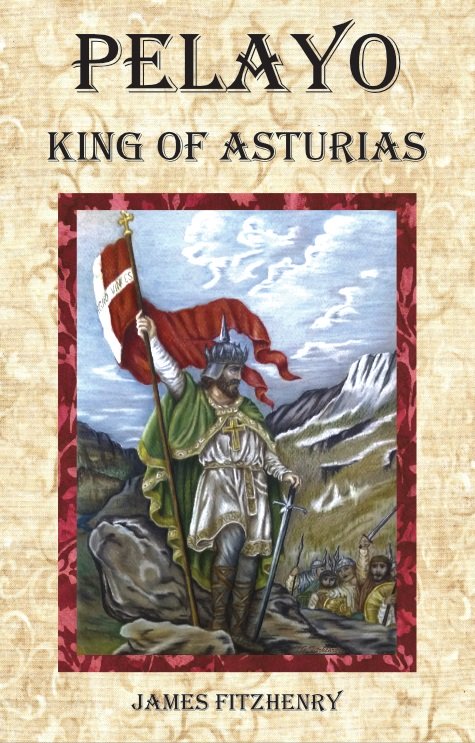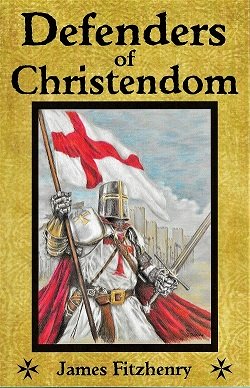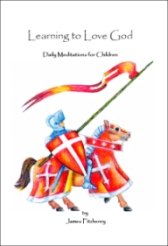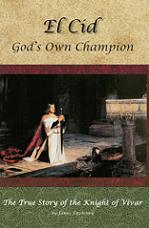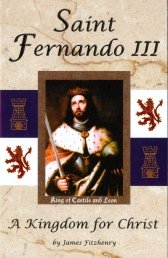Our Lady of Matarieh
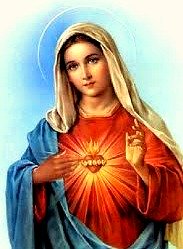
June 21: Our Lady of Matarieh
(Matariya or Matarea)
At Grand Cairo in Egypt is seen a miraculous fountain which Our Lady obtained by her prayers when she fled to Egypt with Saint Joseph, her spouse, and the Divine Child, to escape Herod’s wicked designs. St Peter Chrysologus tells us that “this journey was so arduous that the very angels were struck with wonder when they beheld the Savior required to make it.”
It is held by tradition that at Matarieh the Blessed Virgin, Our Lady of Matarieh, washed the swaddling clothes of the Infant Jesus and bathed him. It still displays miraculous powers. Matarieh is five miles Northeast of Cairo; here grew also the famous balsam trees, the oil of which was used in Baptism. The city is by some called the “City of the Fountain” in remembrance of Our Lord Jesus Christ, who used it as a bath. The spring had been famous among the ancient Egyptians, who believed that the Sun-god, Ra, bathed his face there when he rose for the first time. People still call it the Holy Fountain, and at the Feast of the Epiphany a vast number of people are said to flock there from all nations to wash themselves in its water.
Our Lady of Matarieh
Mary of Agreda wrote: “There is to this day a traditional fountain near Cairo from which the heavenly Lady drew water for Herself and the Child, and for washing clothes; all this rests on the truth and the veneration for these wonders and these places still lives, not only among the faithful who visit the holy places, but also among the infidels, who there occasionally obtain temporal benefits from the hands of the Lord. For also the infidels sometimes obtain certain favors, in order that the Lord may be justified before them, or in order that the memory of his wonders may be preserved.”
In Secret For Ture Crusaders, Marino Sanuto reported:
"Near Cairo is an exceeding ancient palm-tree, which bowed itself to the Blessed Virgin Mary that she might gather dates from it, and then raised itself up again. When the heathens saw this they cut it down, but it joined itself together again in the following night and stood upright again. The marks of the cutting may be seen to this day. Round about this city there are many excellent orchards; one mile away from it is the Garden of Balsam, of the size of half a mansus (measurement of a place that can sustain one family). The bushes therein are of the size of a three-year-old vine-stock; the leaf is like that of small trefoil, or rue, but of a whiter color. When it is ripe, which is about the month of May, the bark of the wood bursts, and the liquor is collected in glass vessels. It is then laid in doves’ dung and dried, and thus right balsam is made. They say that there is yet another way of gathering it, which is to pluck a leaf on the side toward the sun; for the leaf joins the stem, and, albeit many stand on one plot of ground, they have only one stem. When the leaf is torn away, there straightway flows forth an exceeding transparent and sweet-scented drop. This garden can only be watered from one single fount, wherein the Blessed Virgin is said to have washed the boy Jesus’s swaddling clothes. At the season of Epiphany both Christians and Saracens assemble at this fount, and wash themselves therein out of devotion. Another miracle there is that the oxen that draw the aforesaid water would not draw any between mid-day on Saturday until the same hour on Sunday, not though you were to skin them alive.
An interesting detail reported by Sanuto is that he claimed to have seen a sacred palm tree at the site, and in fact the specie of the Tree of Matariya never settled down among the pilgrims. Originally the Arabic Infancy Gospel (9th to 11th century) identifies the tree as a sycamore, however the Arabic and Ethiopian Synaxaria (1175-1250) indicates that the tree is a balsam. And a later Dominican monk Felix Fabri claims that he has seen a fig tree with a hollow trunk near the gate of the enclosure. He also gives a different explanation for the origin of the balsam tree at Matariya. According to him, the balsam was originally a gift from the Queen Sheba to King Solomon; it was later transplanted to Egypt by Caesar Augustus, but it did not flourish until the arrival of the Holy Family."
Mary of Agreda also wrote: “If what Jesus and Mary did for the salvation of us men does seem great to us, it is because we do not understand the immensity of their love, and because we understand just as little how to make a proper return for such great love.” When Mary of Agreda marveled at the labors and hardships the Holy Family suffered on their trek into Egypt, Our Lady told her: “Do not wonder that my most holy Son and I journeyed so far in order to gain souls. For the sake of even one soul, if possible, and if there would be no other way, We would willingly traverse the whole world.”
Our Lady of Matarieh.
James Fitzhenry, roman-catholic-saints.com, Marian Calendar, and holyfamilyegypt.com.
Have A Great Story About This Topic?
Do you have a great story? Have You Visited This Shrine? Share it!
Return to Marian Calendar June from Our Lady of Matarieh
Return to Titles of Mary from Our Lady of Matarieh
Return to Roman Catholic Saints Home Page from Our Lady of Matarieh
NOW AVAILABLE!!
Pelayo's resistance initiated the nearly 800-year-long Reconquista to take back his country from the ruthless invader who had conquered his homeland and sought to erase his culture and his faith. His actions would lay the foundations of a Kingdom for Christ that would eventually reach around the world and spread the Catholic faith to millions of souls. Read more...
Please help us continue to bring high quality books to our readers at the lowest possible price! Click the link below! Thank you!
Now Available!
Defenders of Christendom
Battles - Honor - Miracles!
This book is filled with
amazing stories of little-known
Catholic heroes presenting
spectacles of bravery and
valor never exceeded in all the annals of history.
Demonstrating his
gallantry through daring feats
of arms, the knight's faith,
coupled with his marvelous
courage, made him nearly
invincible on the field
of battle.
read more . . .
Defenders of Christendom is
Learning to Love God
Especially for young children -
Now available as an e-book!
Available for only $2.99 US
as an ebook download.
Also available in Spanish!
The exciting life story of
the holy Catholic knight
known as El Cid!
Available for only
$22.95
The amazing life story of the
little known incorrupt saint
- King Fernando III!
This highly acclaimed book is
inspirational to young men
and a guide to building a strong
masculine, Catholic character!
Also available as softback!



